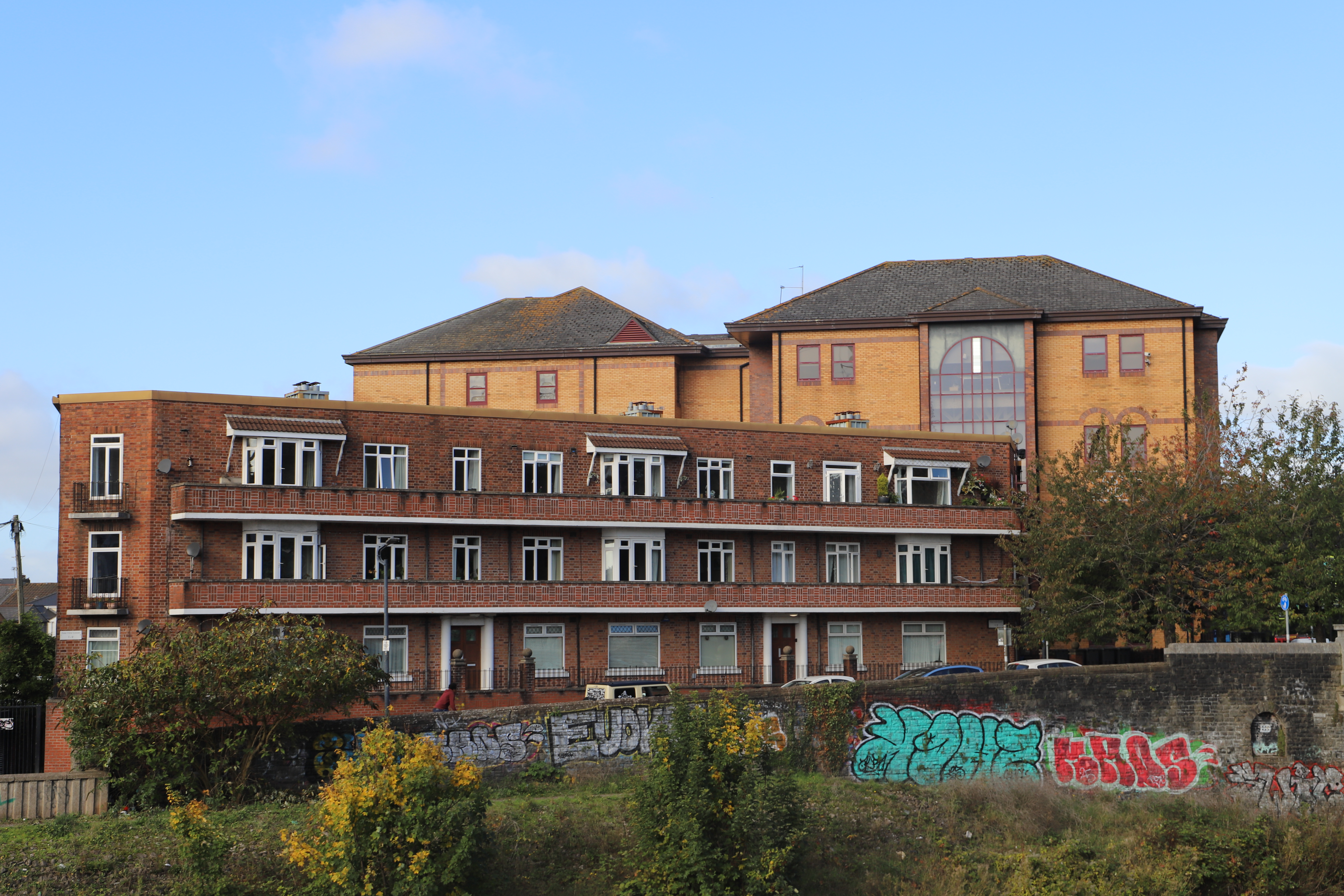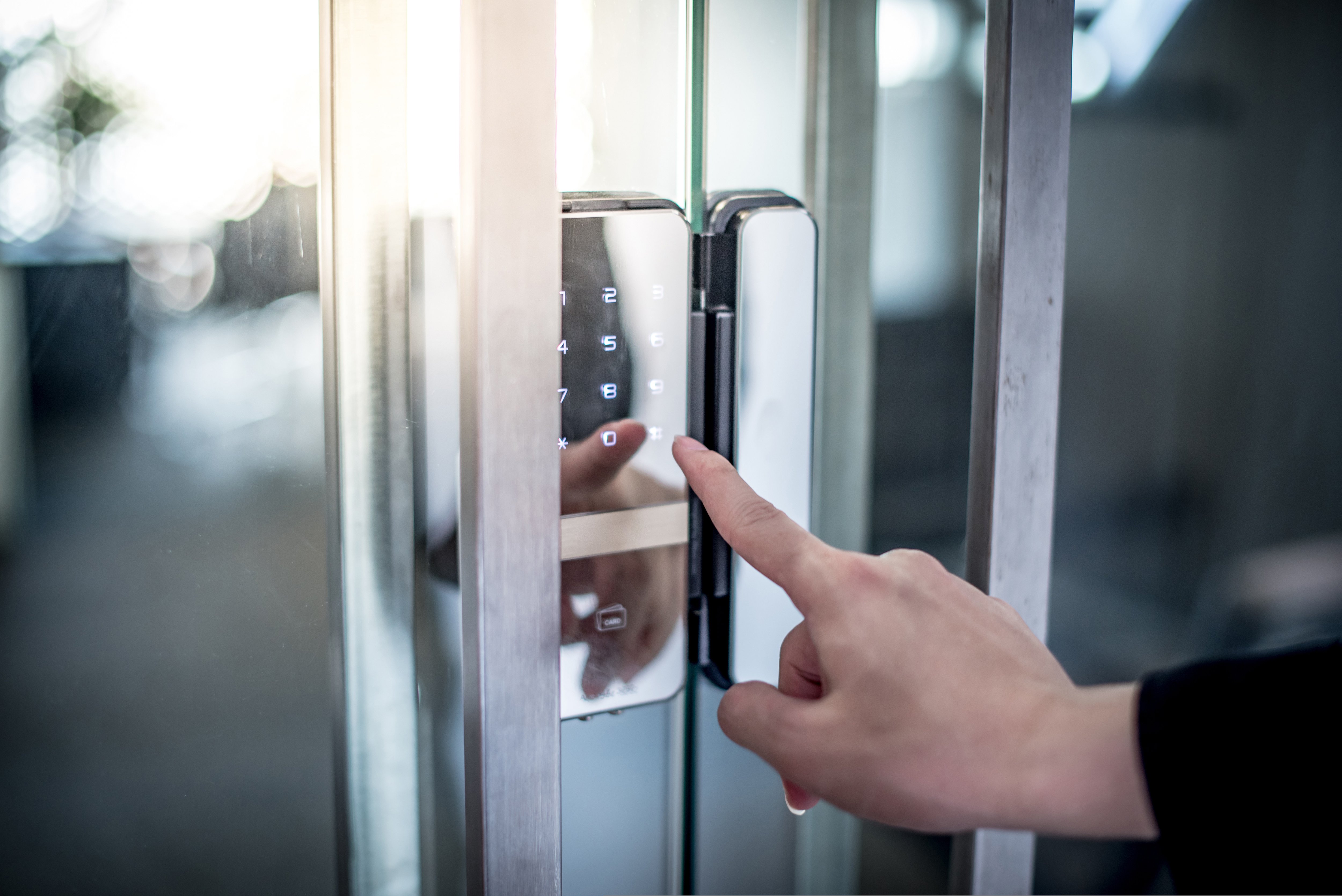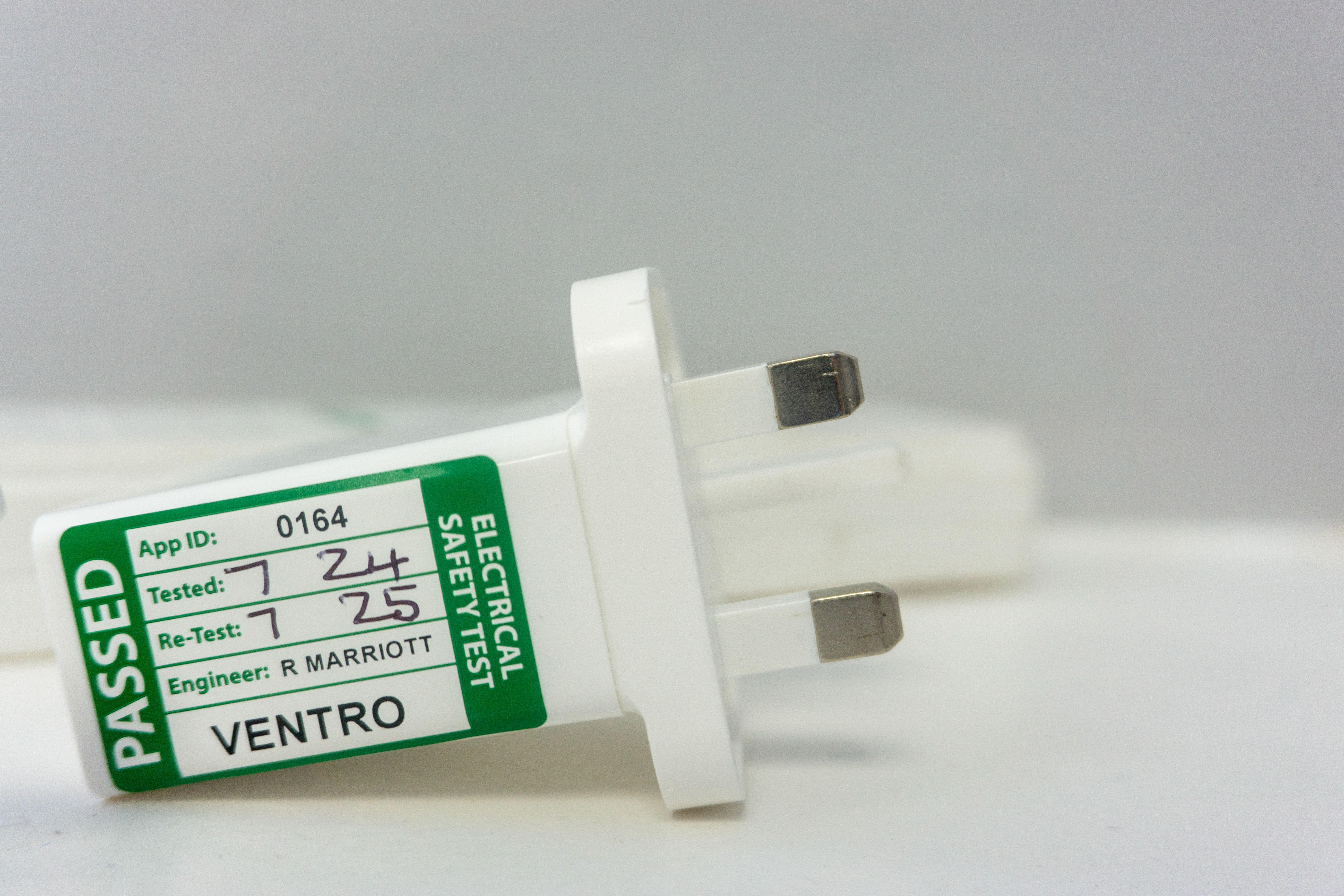Access Control in Social Housing: Understanding BS 7273, Avoiding Pitfalls, and Maintaining Compliance
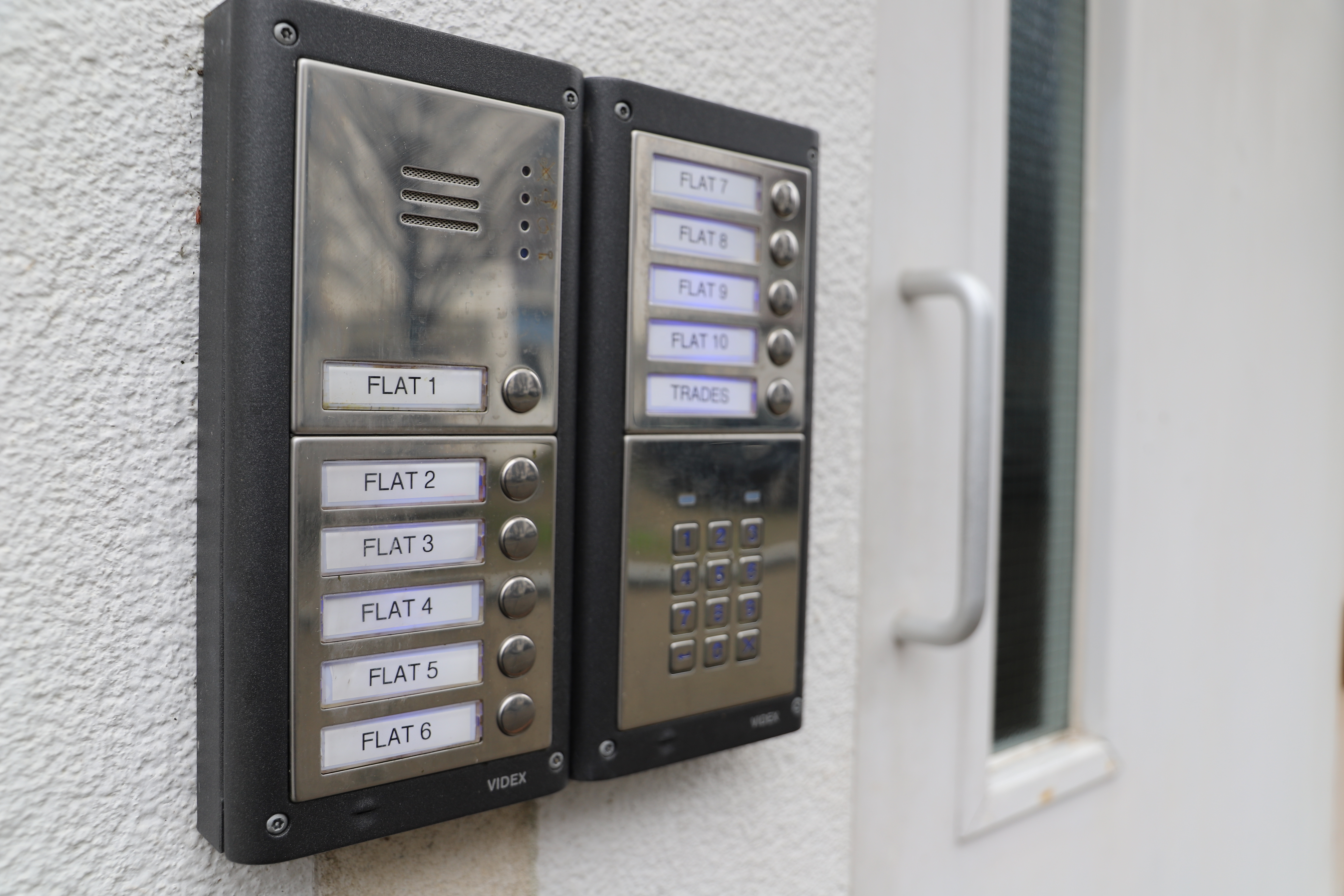
Door access and access control systems are the backbone of security in social housing. They regulate who can enter communal areas and individual blocks, helping prevent unauthorized access while giving residents confidence in their home environment. For landlords, these systems protect property, reduce maintenance costs from vandalism, and help demonstrate compliance with fire and safety regulations.
Access control can include electronic entry systems, card readers, intercoms, and smart devices that can monitor and record access. In a recent survey by Jeld-Wen and Inside Housing, 26% of residents reported security breaches in their social housing property and 38% felt unsafe in their homes, investing in reliable, well-maintained access control is crucial for both resident safety, peace of mind and landlord accountability.
Integrating Access Control with Fire Safety Systems
True safety comes from integration. Fire detection, access control, and door integrity must all work together. Under BS 7273-4 and BS 5839, the fire alarm system must provide a clear, monitored signal to the access control system, instructing it to release doors on alarm activation or power failure.
At Ventro, we specialise in access control due to our long history working with alarm systems and integrating them into wider building control systems. This experience allows us to design solutions where access control, fire detection, emergency lighting, and other building management systems operate seamlessly. Our approach ensures that integration is planned from the outset, tested during commissioning, and re-tested at every maintenance interval. Clear documentation guarantees that systems remain transparent, auditable, and reliable, even when multiple contractors are involved.
BS 7273 Explained: The Foundation of Safe Access Control
BS 7273-4:2015+A1:2021 is the Code of Practice for the Actuation of Release Mechanisms for Doors. It defines how electronically locked doors, magnetic hold-open devices, and electric strikes must behave when a fire alarm is activated or power is lost.
The standard sets out three categories of control:
Category A: Highest safety level, doors release automatically on fire alarm or smoke detection, with full fault monitoring.
Category B: Mid-level safety, doors release on alarm activation, with some monitoring of circuits.
Category C: Basic release, triggered by alarm, without monitoring.
Choosing the correct category depends on the building’s layout, occupancy type, and evacuation strategy. For social housing, especially multi-occupancy or high-rise buildings, Category A or B systems are typically required to ensure safe operation.
Common Access Control Challenges in Social Housing
Despite clear guidance, many social housing access systems fail to meet BS 7273 requirements due to design shortcuts or poor coordination. Common issues found by our surveying team include:
Fail-secure locks on escape routes: Doors remain locked when power is lost or an alarm activates.
Lack of fire alarm integration: Access systems never receive a fire signal, leaving residents unable to exit safely.
Fire door certification breaches: Retrofitted hardware compromises fire resistance.
Inconsistent release mechanisms: Mixed hardware behaviour across identical doors creates confusion in emergencies.
No maintenance records: Systems assumed to be compliant years after installation, with no evidence of testing.
The consequences are significant. JELD-WEN’s survey found that over 50% of landlords reported difficulties maintaining consistent door security across multi-occupancy buildings, while 1 in 4 social housing properties have doors that fail to fully secure, posing both safety and compliance concerns. In one high-rise block, doors fitted with electronic strikes failed to release during a drill, delaying operation and triggering an urgent enforcement notice.
Even minor oversights can escalate into major safety risks, emphasising the need for both compliance and robust maintenance regimes.
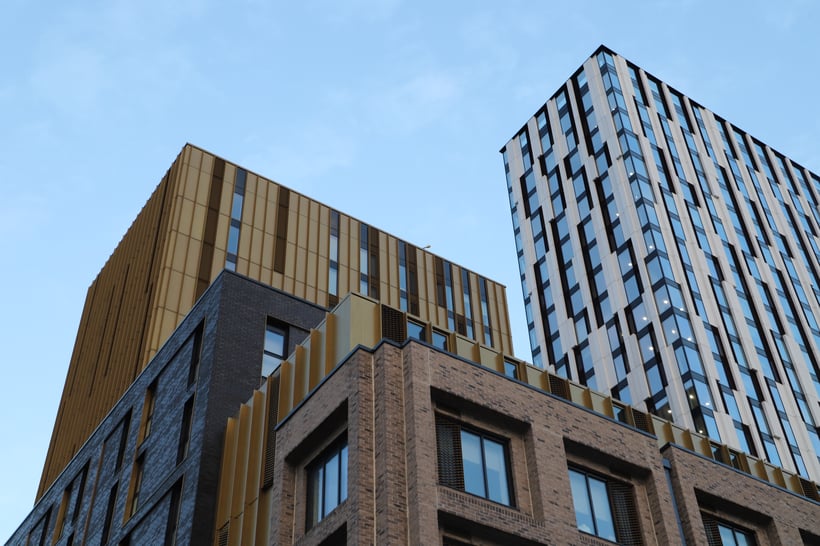
Why Maintenance Isn’t Optional
Installing a compliant system is only half the job. Over time, access control components degrade, magnetic locks weaken, relays fail, and power supplies lose capacity. Without regular inspection, a system that once met BS 7273-4 may no longer operate safely or predictably.
Under the Regulatory Reform (Fire Safety) Order 2005 and the Fire Safety (England) Regulations 2022, landlords must maintain all fire precautions, including doors, alarms, and control systems, in efficient working order. Routine access control maintenance is not optional; it is a legal requirement.
A robust maintenance regime should include:
Functional testing: Simulate fire alarm activation and confirm doors release as intended.
Battery and power verification: Ensure fail-safe operation on power loss.
Hardware inspection: Check fixings, closers, and door integrity.
Record keeping: Log all tests, results, and remedial actions.
Annual review: Cross-check access control operation with the latest Fire Risk Assessment (FRA).
Documented maintenance demonstrates compliance, provides traceability, and ensures systems perform when needed most, reinforcing residents’ trust in their homes.
The Cost of Non-Compliance
Non-compliance is not just a safety risk but also carries financial, legal, and reputational consequences. Housing providers may face:
- Enforcement notices and potential prosecution from fire authorities
- Emergency remediation costs, including door and wiring replacements
- Insurance complications due to invalidated safety systems
- Resident distrust following false alarms or failed access operations
Investing in proper design, integration, and maintenance from the outset costs far less than rectifying failures later and directly supports residents’ sense of safety, something that 38% of social housing residents in the JELD-WEN survey currently feel is lacking.
How Ventro Helps Social Landlords Stay Compliant
At Ventro, we support housing providers through every stage of access control compliance, from surveying existing systems to designing and maintaining fully integrated fire and access solutions.
Our engineers work to BS 7273-4 and BS 5839 standards, ensuring every door releases safely, every interface is documented, and landlords have the evidence needed to prove compliance. By implementing connected compliance, we ensure all fire safety systems, from access control and emergency lighting to alarms and fire doors, work together to protect lives and property seamlessly.
With the right approach, access control becomes a life safety system, giving residents both protection and peace of mind.




